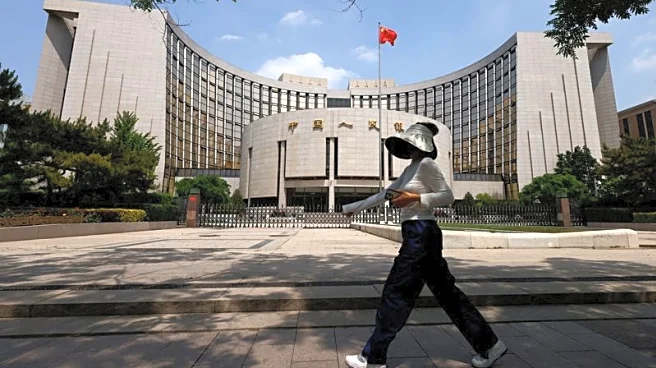What's Happening?
The U.S.–China trade truce, marked by tariff rollbacks and eased export controls, is entering a fragile phase. President Trump and Chinese President Xi Jinping agreed to halve tariffs on imports and extend
a truce on reciprocal tariffs. China has rolled back restrictions on critical minerals and rare earth materials, vital for high-tech industries. Despite these gestures, strategic competition persists, with China developing systems to block exports to U.S.-linked companies. Analysts warn of ongoing negotiations and policy asymmetry as the new equilibrium.
Why It's Important?
The trade truce between the U.S. and China is significant for global economic stability, impacting industries reliant on critical materials. The easing of tariffs and export controls could benefit sectors like technology and manufacturing, reducing costs and fostering innovation. However, the underlying strategic rivalry poses risks to long-term cooperation, with potential disruptions in supply chains and geopolitical tensions. The truce highlights the complexities of balancing economic interests with national security concerns.
What's Next?
The U.S.–China trade relationship will likely continue to experience episodic flare-ups and negotiations. The development of China's export-control systems could affect companies with ties to the U.S. military, impacting industries like automotive and aerospace. Both nations may seek to leverage trade policies for strategic advantage, influencing global markets and diplomatic relations. The ongoing dialogue will focus on maintaining stability while addressing competitive pressures and geopolitical challenges.












